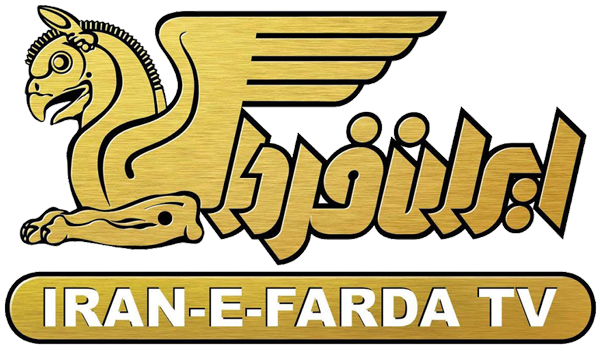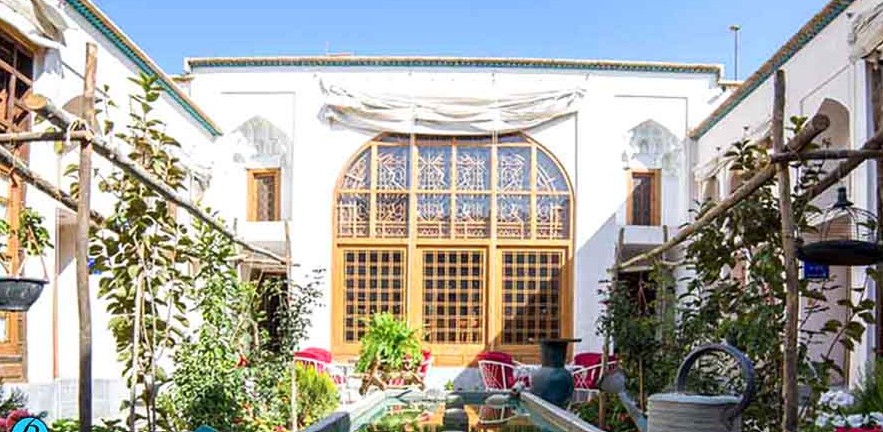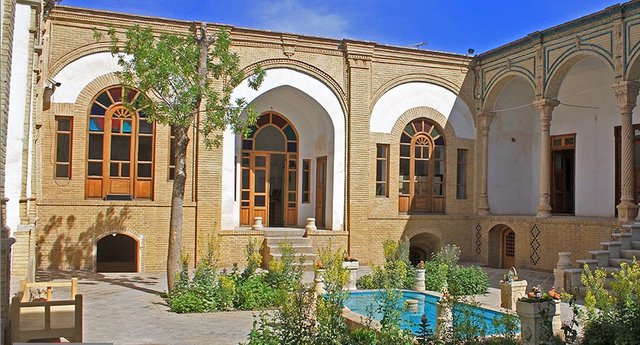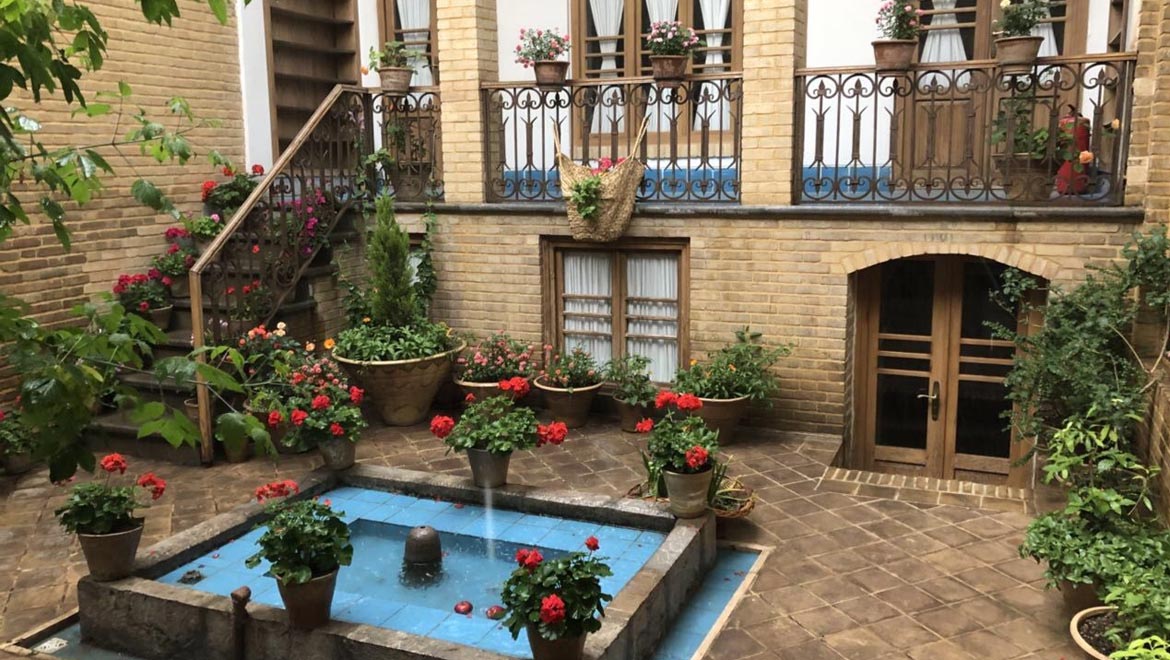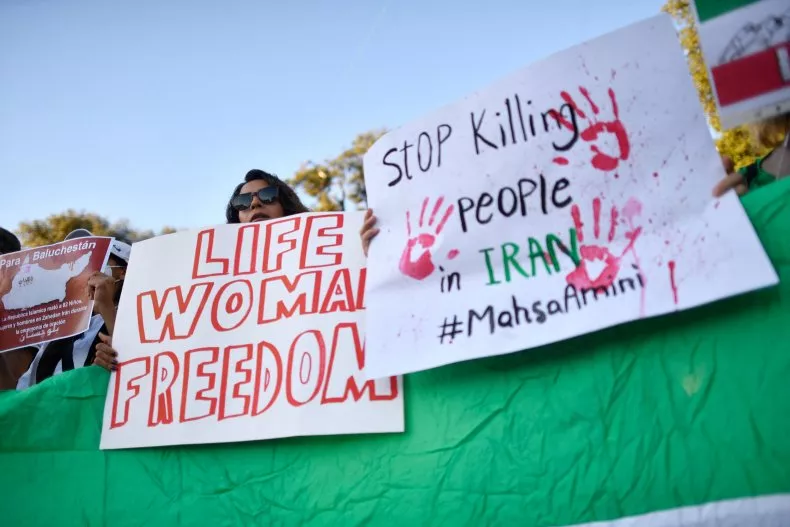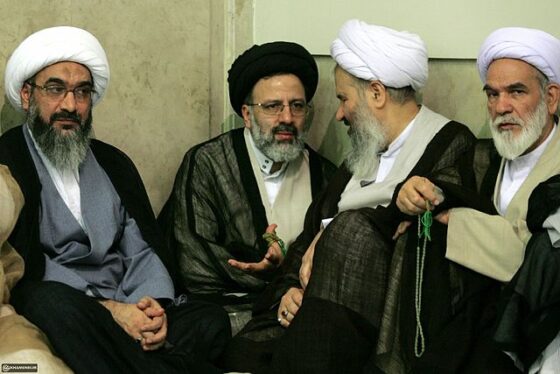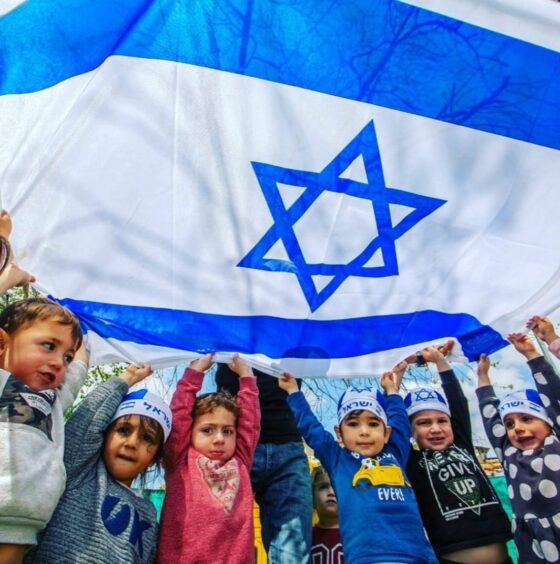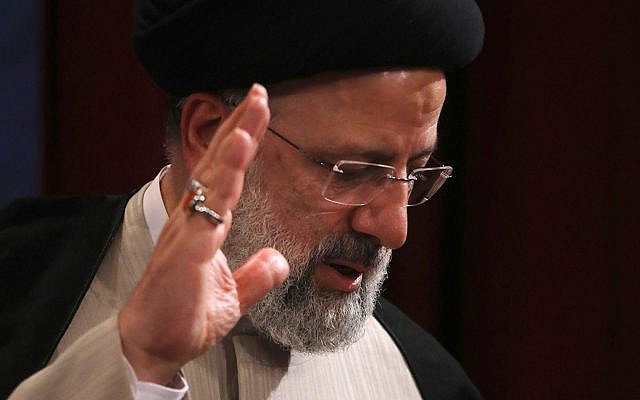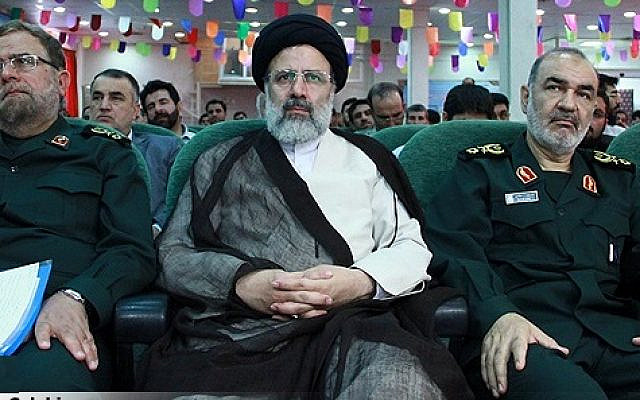Faced with a simmering fury in the country, Iran’s leaders on Wednesday abruptly softened their stance toward street protests that are believed to have left hundreds of civilians dead last month, the most lethal crackdown since the 1979 revolution.
The change, led by Supreme Leader Ayatollah Ali Khamenei and President Hassan Rouhani, signaled that the hierarchy was scrambling to manage resentment worsened by a brutal suppression of protests throughout the country after gasoline prices were increased by at least 50 percent without warning on Nov. 15.
The authorities shut down the internet for 10 days and deployed security forces to quell the unrest, including through the use of firearms. Unofficial accountings have said between 180 and 450 people were killed — figures that the government has disputed as baseless or speculative. But it has not provided a confirmed total.
Mr. Khamenei, who previously had denounced the protesters as rioters, thugs, monarchists and enemy agents, called on the judiciary to show “Islamic mercy” and draw a distinction between people who had demonstrated against the gasoline prices and those who had pillaged and burned public property.
In what appeared to be another significant concession, Mr. Khamenei said he had approved the term “martyr” to be used for citizens who were “caught in crossfire and riots and died without playing any role in instigating them,” according to the official Islamic Republic News Agency. Martyr is among the highest honors bestowed posthumously on loyal servants of the Islamic Republic.
Mr. Rouhani announced the formation of a committee, consisting of the ministers of interior and justice and his legal adviser, to investigate the unrest and propose compensation for Iranians who lost loved ones or suffered financial loss.
Political analysts said the measures suggested that Mr. Khamenei may now believe he miscalculated the effects of a tough response on angry citizens increasingly weary of economic deprivations.
“They are adding that money, paying money to calm them down,” said Rasool Nafisi, an Iranian academic and publisher in the United States. He called it “a very important step, because Khamenei’s view is that you should not yield to protests.”
Expressions of anger in Iran over the crackdown have proliferated, particularly since the internet blackout was eased starting last week. Some have drawn an analogy between the shooting of protesters and a deadly crackdown in 1978 by government forces that helped precipitate the downfall of Shah Mohammed Reza Pahlavi a year later.
The popularity of Mr. Rouhani’s government and his political party may have been significantly weakened in the aftermath of the protests. Both supporters and opponents criticized him for what they called his mismanagement of the gasoline price increase, the suppression of the protests and an apparent indifference to the pain the uproar had caused ordinary people.
“We voted for the government of wisdom and hope,’’ said Mohamad Ali Abtahi, a prominent politician from the reform movement, in a statement posted on his Telegram channel. “This government that spilled the blood of our youth and made everyone hopeless is not the same one we elected.’’
Gholamhossein Karbaschi, a former mayor of Tehran and head of a reformist political party, said in a Twitter message that Mr. Rouhani’s conduct in the aftermath of the unrest had left him “ashamed” of having ever supported him. “There isn’t an ounce of justice or wisdom,” he said of Mr. Rouhani and his government’s handling of the crisis.
The protests struck as Iranians are dealing with an acute economic crisis caused in part by sanctions imposed by President Trump last year after he repudiated the nuclear agreement between Iran and major powers. Mr. Rouhani was a major proponent of that agreement, which limited Iran’s nuclear work in exchange for sanctions relief.
Mr. Trump called the agreement too weak and said the tough sanctions — which have deeply cut Iran’s oil exports — were part of his “maximum pressure” campaign to force Iran to renegotiate the agreement.
Mr. Rouhani has repeatedly rebuffed Mr. Trump’s offers to talk while the sanctions remain in place. Mr. Khamenei has forbid any negotiations with the Americans and told Iranians they must prepare for a protracted period of hardship.
But on Wednesday, Mr. Rouhani teased that negotiations with Mr. Trump were still possible and that if the United States lifted the sanctions the two heads of states could meet “in one hour.”
In another development that suggested Iran was trying to find ways to communicate with Mr. Trump, Abbas Araghchi, Iran’s deputy foreign minister, paid a visit this week to Japan, which has previously offered itself as a go-between with the United States.
“The fact that Araghchi is now trying to get Japan to maybe mediate is an indication that maybe Khamenei might be open to negotiate,” said Abbas Milani, director of Iranian Studies at Stanford University. He also said the protests in Iran may have persuaded Mr. Khamenei that he had waited too long to resolve the sanctions and the economic pressure they have placed on Iran.
